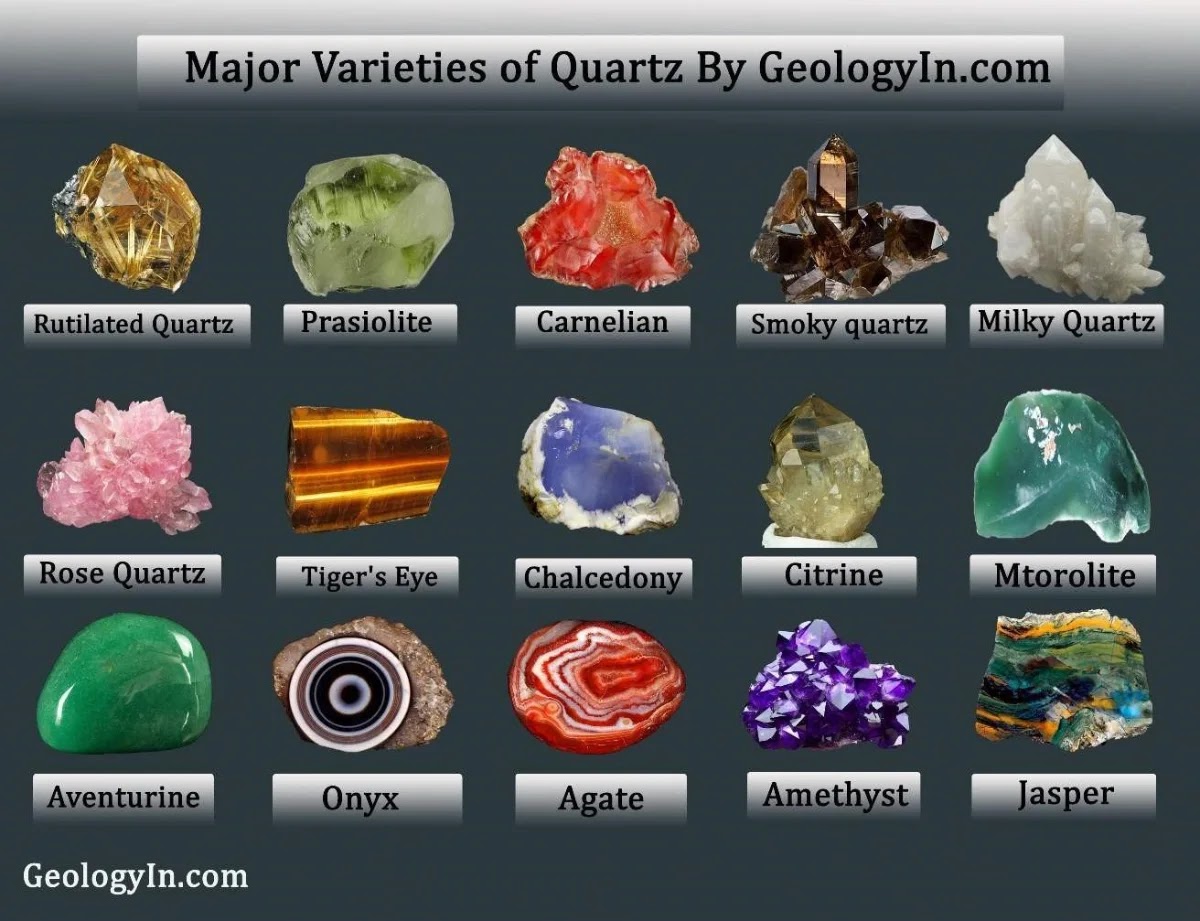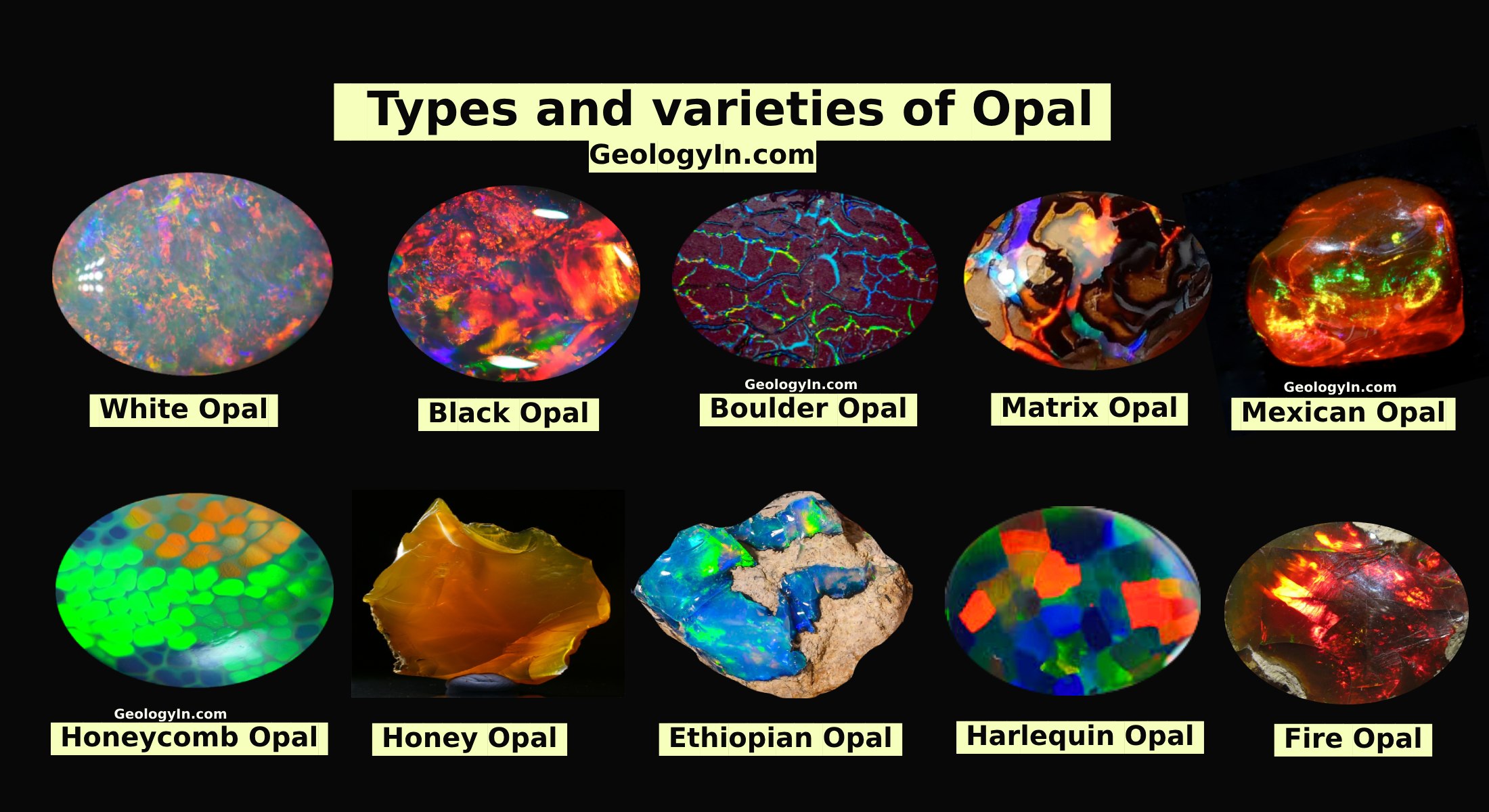The Principle of Lateral Continuity
The principle of lateral continuity states that layers of sediment initially extend laterally in all directions; in other words, they are laterally continuous. As a result, rocks that are otherwise similar, but are now separated by a valley or other erosional feature, can be assumed to be originally continuous.
The principle is closely related to the Principle of Original Horizontality, which posits that layers of sediment are originally deposited horizontally under the action of gravity. However, while original horizontality focuses on the vertical aspect, lateral continuity deals with the extent in the horizontal plane.
Layers of sediment do not extend indefinitely; rather, the limits can be recognized and are controlled by the amount and type of sediment available and the size and shape of the sedimentary basin. As long as sediment is transported to an area, it will eventually be deposited. However, as the amount of material lessens away from the source, the layer of that material will become thinner.
Schematic representation of the principle of lateral continuity
 |
| Schematic representation of the principle of lateral continuity |
The Principle of Lateral Continuity is an important principle in geology because it can be used to make inferences about the past. For example, if you see two sedimentary rock layers that are similar in composition, you can infer that they were once continuous. This can be helpful in reconstructing the history of a region.
There are a few things that can disrupt the Principle of Lateral Continuity. One is erosion. Erosion can cause sedimentary rock layers to be removed, which can break up the continuity of the layers. Another thing that can disrupt the Principle of Lateral Continuity is faulting. Faulting can cause sedimentary rock layers to be displaced, which can also break up the continuity of the layers.
Discontinuities:
Erosion: Over time, layers can be eroded away, breaking their lateral continuity.
Faulting: Geological faults can displace rock layers, disrupting their original continuity.
Depositional Limits: Not all sediment layers will extend indefinitely; they might thin out or change composition due to changes in the depositional environment, like moving from a river into a delta or sea. Sediments might reach the edge of a basin or be limited by topographic highs where deposition does not occur.
Unconformities: These are surfaces representing a gap in the geologic record where either no deposition occurred, or erosion removed previously deposited layers before new deposition resumed. An unconformity represents a break in lateral continuity.
The Principle of Lateral Continuity Uses
Here are some examples of how the principle of lateral continuity can be used:
To identify the original shape of a sedimentary basin. For example, if a geologist finds layers of sedimentary rock that are now separated by a mountain range, they can use the principle of lateral continuity to infer that the basin was originally continuous before the mountains were formed.
To determine the direction of sediment transport. For example, if a geologist finds a layer of sedimentary rock that is thicker on one side than the other, they can use the principle of lateral continuity to infer that the sediment was transported from the thicker side to the thinner side. To identify the age of sedimentary rocks. For example, if a geologist finds two layers of sedimentary rock that are separated by a layer of volcanic ash, they can use the principle of lateral continuity to infer that the two layers of sedimentary rock are the same age.
To correlate sedimentary rocks from different locations. For example, if a geologist finds two layers of sedimentary rock that are similar in composition and thickness at two different locations, they can use the principle of lateral continuity to infer that the two layers of sedimentary rock are equivalent.
The principle of lateral continuity is a fundamental concept in geology. It is used by geologists to understand the history of sedimentary rocks and the processes that have shaped the Earth's surface.







%20(1).webp)
